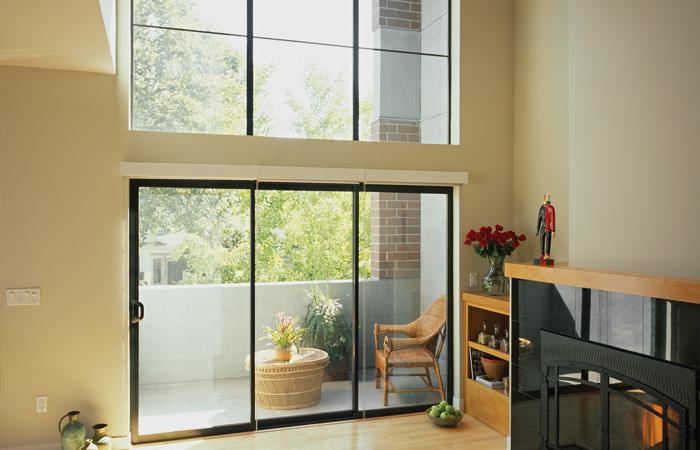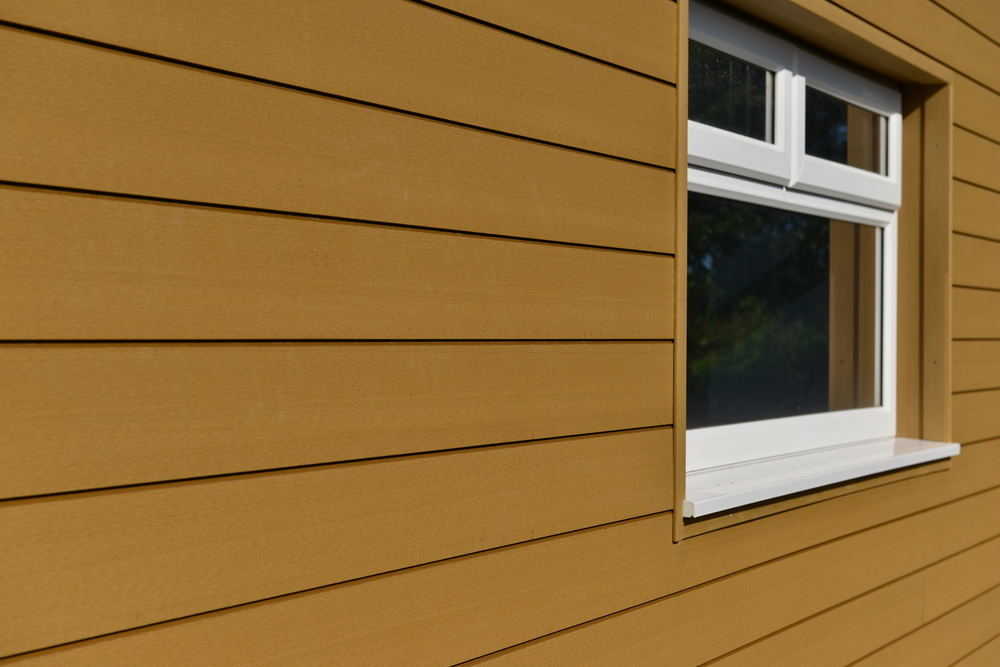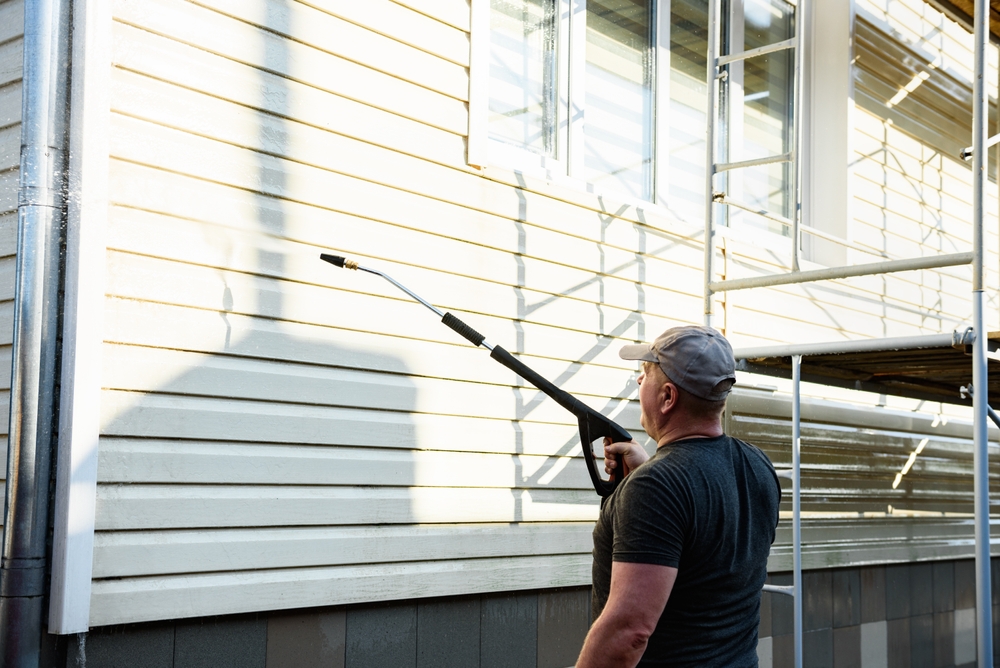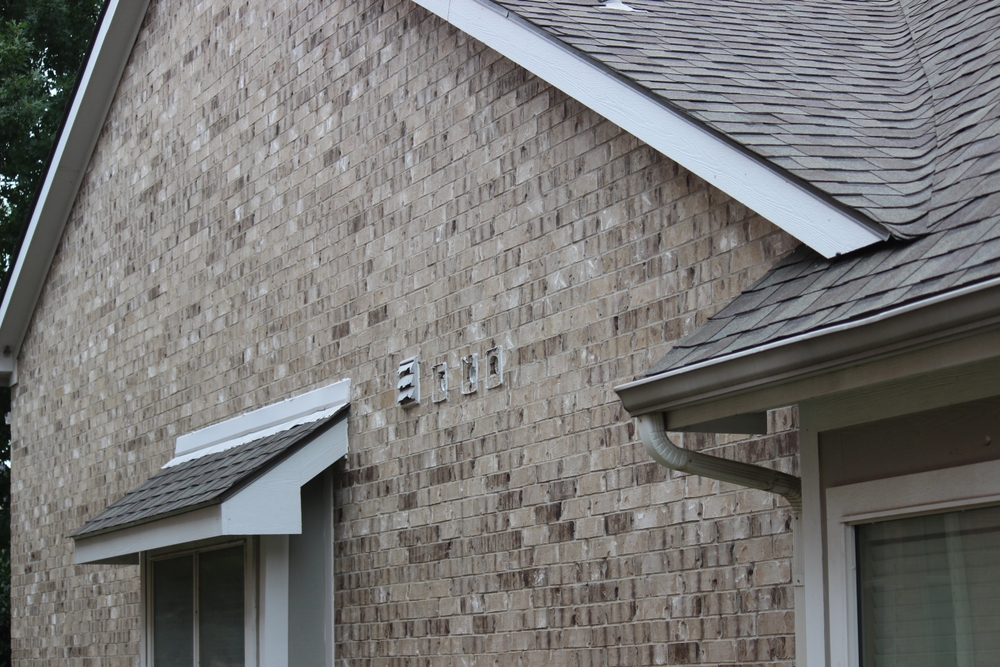When it comes to building construction, safety is of paramount importance. One crucial aspect of ensuring safety in buildings is the use of appropriate materials and adhering to specific building codes and regulations. In the state of California, there are strict requirements for the use of tempered glass in various applications. This article aims to provide a comprehensive overview of the California building code requirements for tempered glass, outlining its specifications, installation guidelines, and advantages.
Understanding Tempered Glass

What is Tempered Glass?
Tempered glass is a type of safety glass that undergoes a special heat treatment process to increase its strength compared to regular glass. This process involves rapid heating and cooling, creating balanced internal stresses within the glass. As a result, tempered glass is more resistant to impact and thermal stress, making it safer in case of breakage.
Why is Tempered Glass Used?
The primary purpose of using tempered glass is to enhance safety and prevent injuries. When tempered glass breaks, it shatters into small, rounded pieces instead of sharp shards, reducing the risk of severe cuts and injuries. This property makes tempered glass suitable for various applications where safety is crucial, such as doors, windows, shower enclosures, and glass railings.
California Building Code and Tempered Glass

Building Codes in California
In California, the building codes vary depending on the occupancy group of the building. Here are some key requirements for tempered glass in different occupancy groups as per the California Building Code (CBC) and California Residential Code (CRC):
- Group R-3 Occupancies (One- and Two-Family Dwellings):
- Glazing adjacent to doors: Glazing located adjacent to a door, within a 24-inch arc and below 60 inches in height from the floor, must be constructed with tempered glass.
- Glazing in hazardous locations: Tempered glass is required in hazardous locations, such as doors, windows, and sidelights near stairways, landings, and ramps.
- Glazing near bathtubs and showers: Glass located within 60 inches horizontally from a bathtub, shower, sauna, or similar wet area must be constructed with tempered glass if it meets specific criteria related to size and location.
- Group R-2 Occupancies (Multi-Family Residential Buildings):
- The requirements for tempered glass in Group R-2 occupancies are similar to those in Group R-3 occupancies, including glazing adjacent to doors, hazardous locations, and glazing near bathtubs and showers.
- Other Occupancy Groups:
- The requirements for tempered glass in other occupancy groups, such as Group A (Assembly), Group B (Business), Group E (Educational), and so on, may have specific provisions based on the function and use of the building. It’s important to refer to the CBC for detailed information on tempered glass requirements for these groups.
It’s worth noting that the specific codes and requirements can change over time. Therefore, it is essential to consult the most recent version of the California Building Code (CBC) and California Residential Code (CRC) for accurate and up-to-date information related to tempered glass requirements for each occupancy group.
When is Tempered Glass Required?
According to the California Building Code (CBC), tempered glass is required in specific locations where there is an increased risk of glass breakage and potential harm to occupants. The code outlines precise criteria for determining when tempered glass must be used. These criteria include factors such as glass size, location, and intended use.
Locations Requiring Tempered Glass
The CBC specifies several locations where tempered glass is required. These include:
- Doors: All glass panels within 24 inches of a door’s vertical edges and having a surface area of more than 9 square feet must be made of tempered glass.
- Windows: Windows located within 18 inches of the floor and having a bottom edge less than 36 inches above the floor must be made of tempered glass.
- Showers and Bathtubs: Glass enclosures surrounding showers and bathtubs, including doors and adjacent panels, must be made of tempered glass.
- Staircases and Balconies: Glass panels used as guardrails in staircases and balconies, if located within 5 feet of a walking surface, must be made of tempered glass.
Tempered Glass Specifications
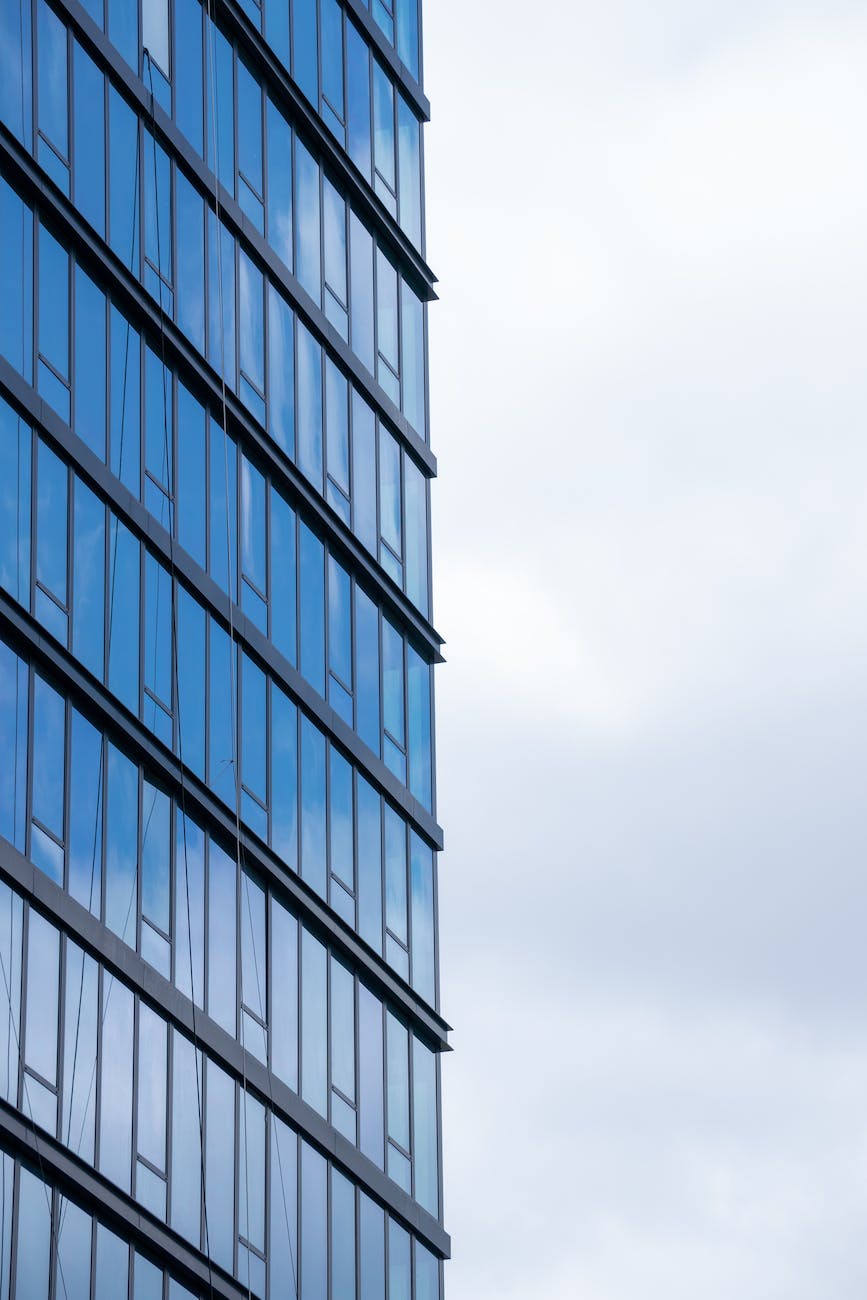
Thickness and Strength
The CBC defines the minimum thickness and strength requirements for tempered glass. The specific thickness and strength values depend on factors such as glass size, location, and intended use. Compliance with these specifications ensures the glass can withstand the expected loads and stresses.
Edge Work and Holes
Tempered glass must undergo specific edge treatments to prevent thermal stress and increase its strength. The edges of tempered glass are typically polished or chamfered to remove any sharp edges. Additionally, holes or cutouts in tempered glass are not allowed, as they can compromise the structural integrity of the glass.
Markings and Labeling
To ensure proper identification and compliance, tempered glass must be marked and labeled accordingly. These markings typically include information such as the manufacturer’s name, the glass type (tempered), and relevant safety certifications.
Installation and Maintenance
Proper Installation Guidelines
Proper installation of tempered glass is essential to ensure its effectiveness and safety. It is crucial to follow the manufacturer’s guidelines and use appropriate hardware, such as hinges, brackets, and seals. Additionally, the glass should be installed securely to prevent any movement or flexing that could compromise its integrity.
Cleaning and Maintenance Tips
To maintain the clarity and longevity of tempered glass, regular cleaning, and maintenance are necessary. It is recommended to use non-abrasive cleaners and soft cloths to avoid scratching the glass surface. Furthermore, periodic inspections should be conducted to identify any signs of damage or wear and address them promptly.
Advantages of Tempered Glass
Tempered glass offers several advantages that make it a popular choice for various applications:
- Safety: Tempered glass is designed to minimize the risk of injuries by breaking into small, harmless pieces when shattered.
- Strength: Its increased strength compared to regular glass makes the tempered glass more resistant to impact and thermal stress.
- Durability: Tempered glass is more resistant to scratches, chips, and cracks, ensuring its longevity and reliability.
- Heat Resistance: It can withstand high temperatures, making it suitable for applications involving exposure to heat, such as oven doors and fireplace enclosures.
- Enhanced Security: Tempered glass is more difficult to break, providing an additional level of security against potential intruders.
Conclusion
Complying with the California building code requirements for tempered glass is crucial for ensuring the safety of occupants and minimizing the risk of injuries. Understanding the specifications, locations, and installation guidelines outlined in the code is essential for architects, contractors, and building owners. By using tempered glass appropriately, we can create safer and more secure living and working environments.
FAQs
- Is tempered glass more expensive than regular glass?
- Yes, tempered glass is generally more expensive due to the additional manufacturing process it undergoes.
- Can tempered glass be cut or drilled after the tempering process?
- No, tempered glass cannot be cut or drilled without compromising its strength and safety.
- Can tempered glass be used for exterior applications?
- Yes, tempered glass is suitable for exterior applications, as it can withstand various weather conditions.
- Does tempered glass require special cleaning products?
- No, tempered glass can be cleaned with non-abrasive cleaners and regular glass-cleaning methods.
- Can I replace regular glass with tempered glass in existing structures?
- Yes, in many cases, it is possible to replace regular glass with tempered glass to comply with safety requirements. However, it is recommended to consult with a professional for specific situations.
Contact Us
Receive a FREE Estimate for Siding & Windows
By submitting this form, you agree to be contacted by Heritage Exteriors.


Proud to be James Hardie’s Elite Preferred Contractor
The Elite Preferred Contractor status indicates that a business operates efficiently and follows standardized processes. This status is the highest level in the five-tier system established by James Hardie.

Best solution
to your siding
& windows
Call Anytime!
+1 (916)-546-2991

